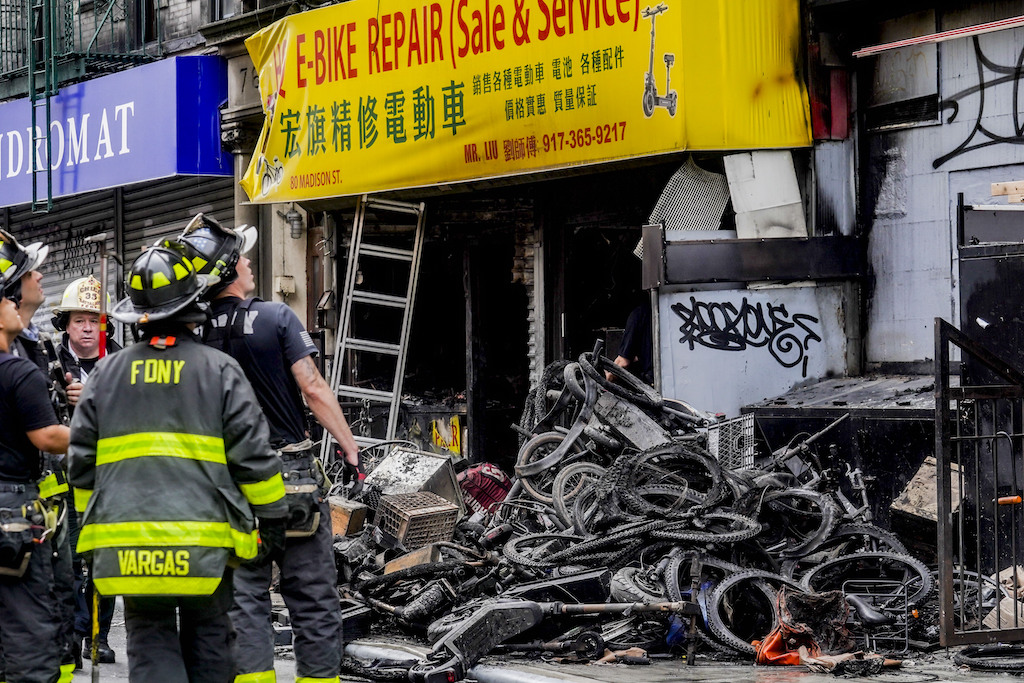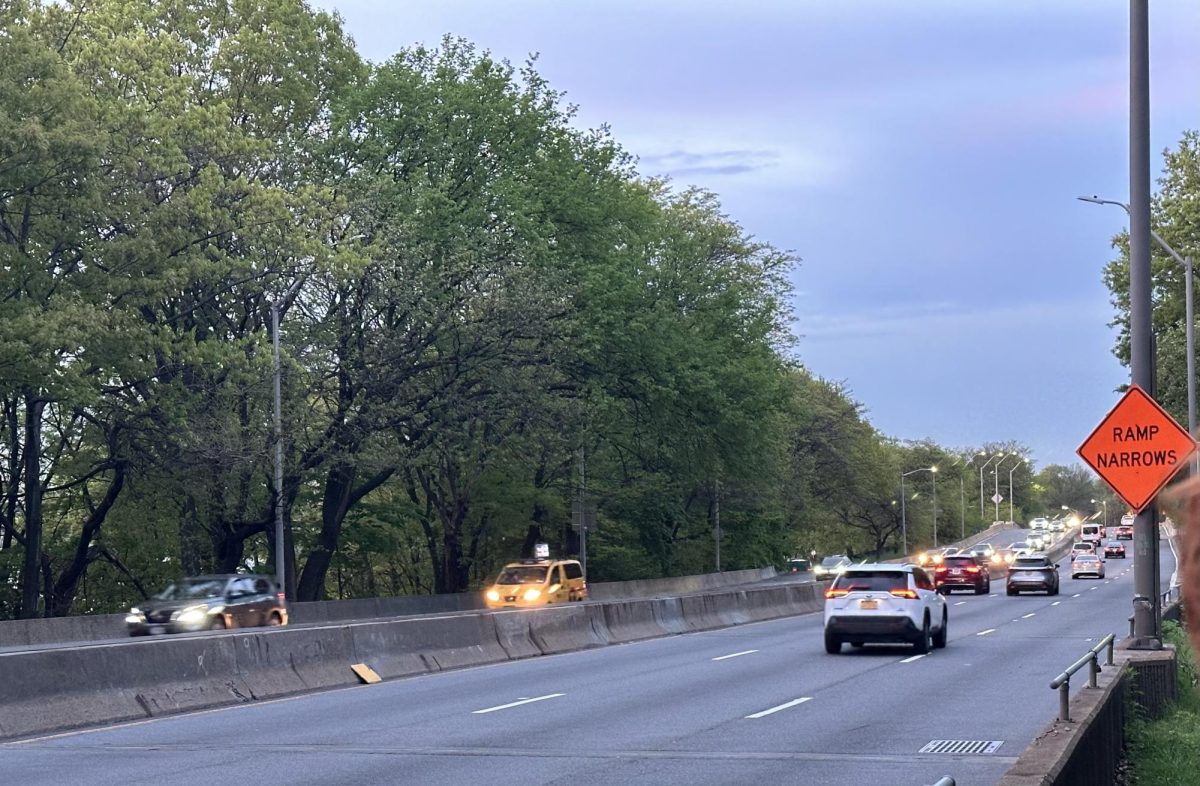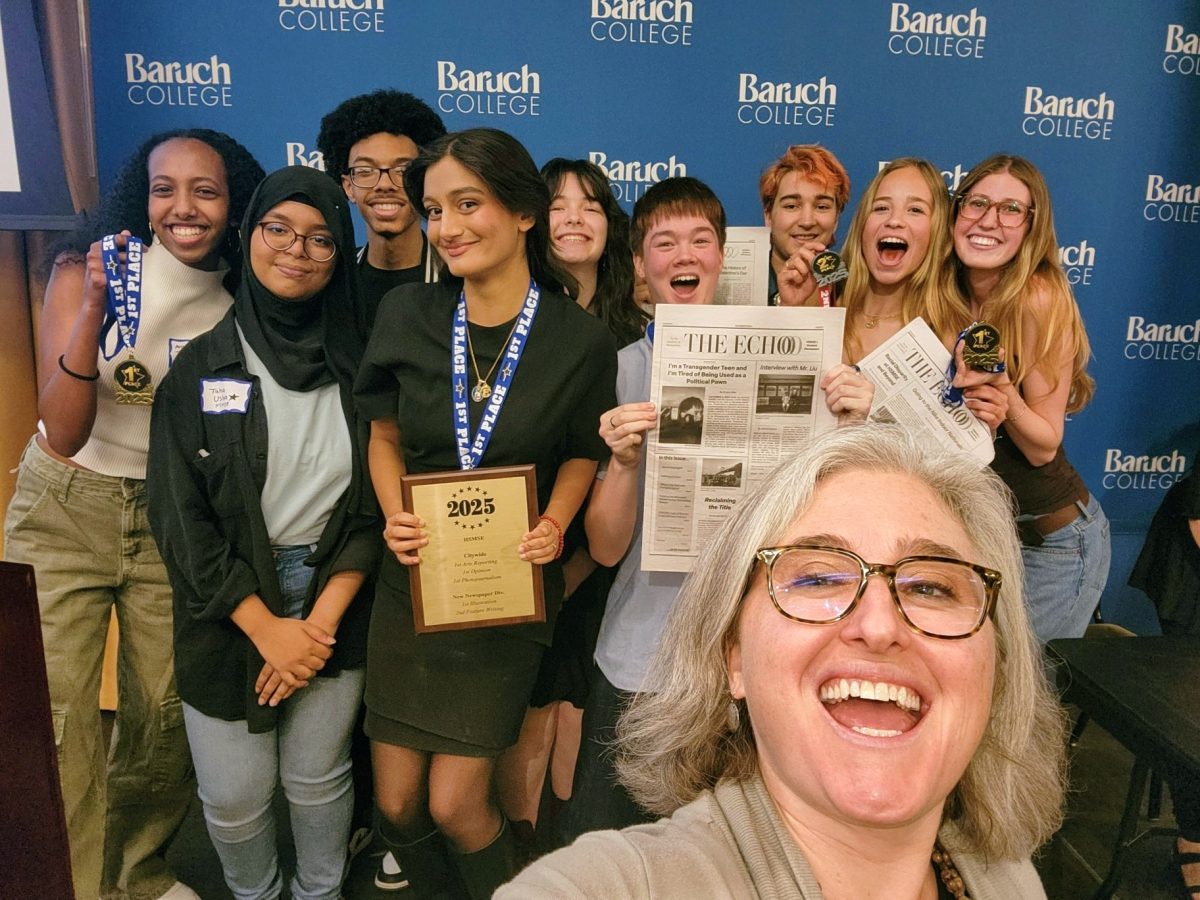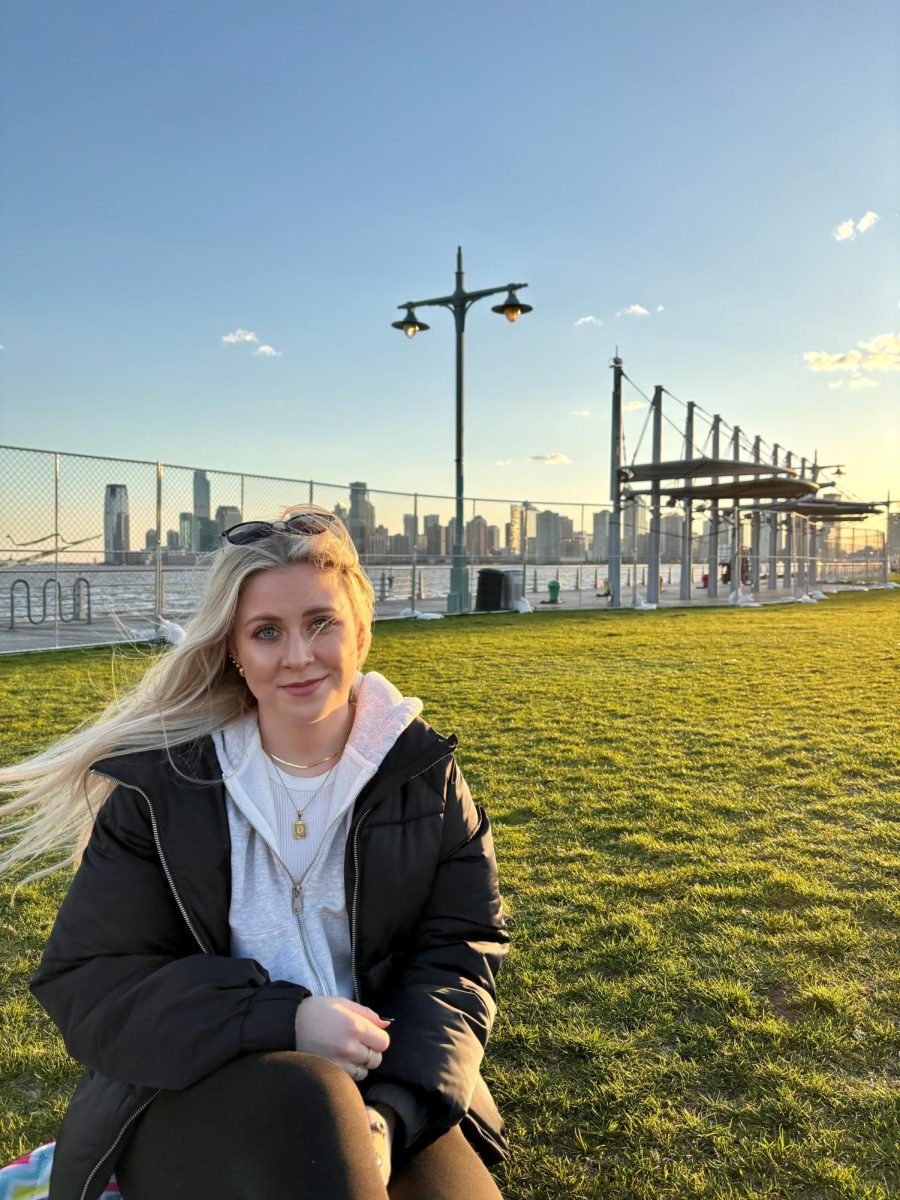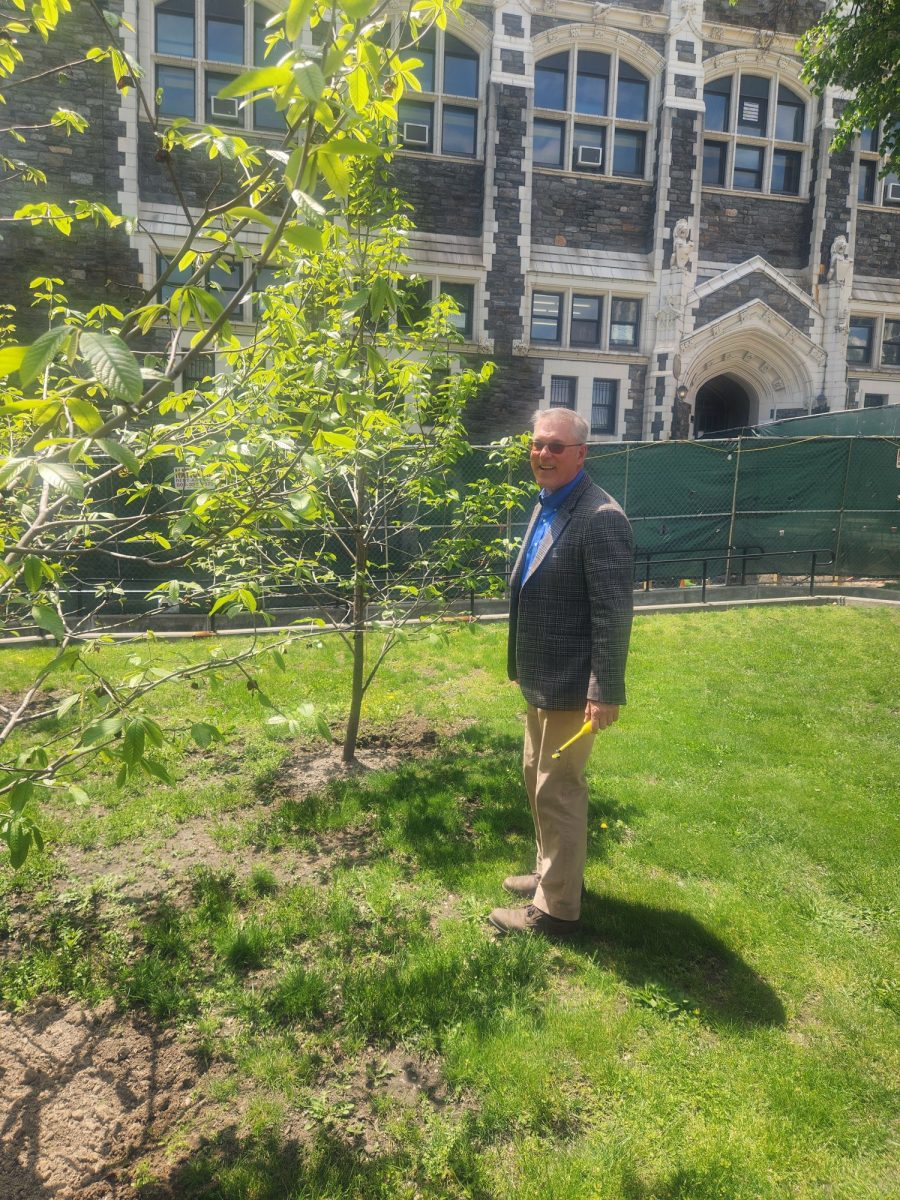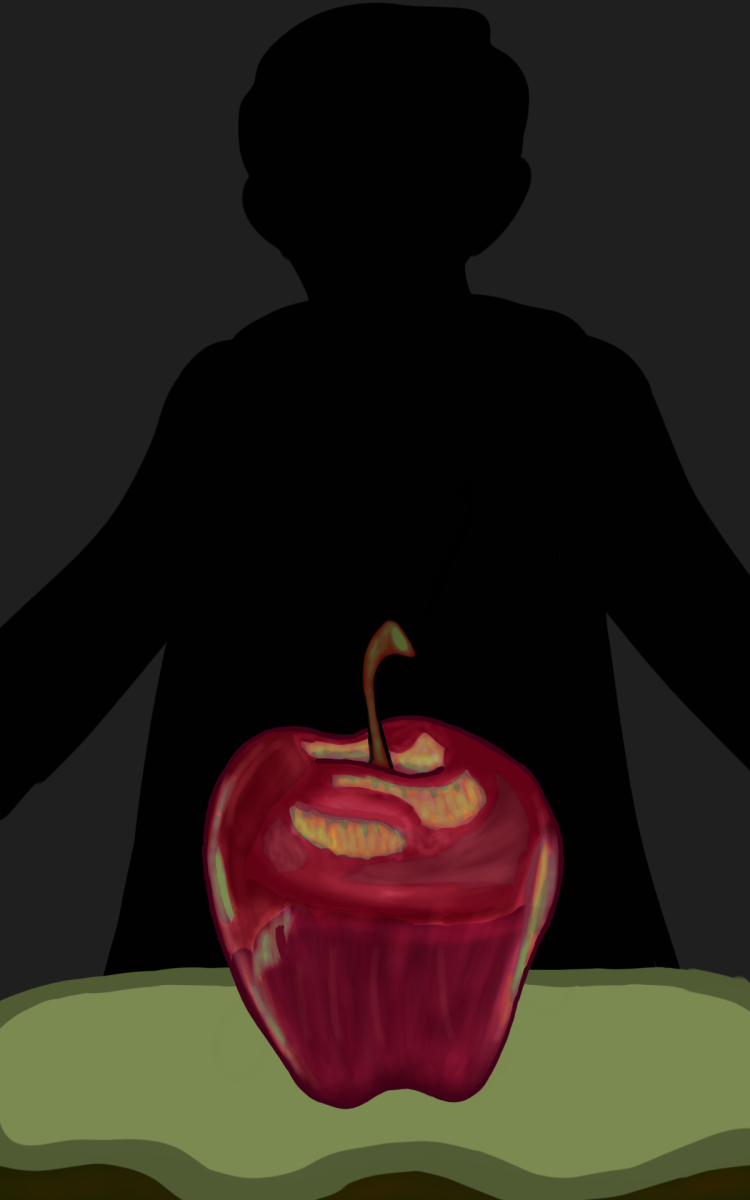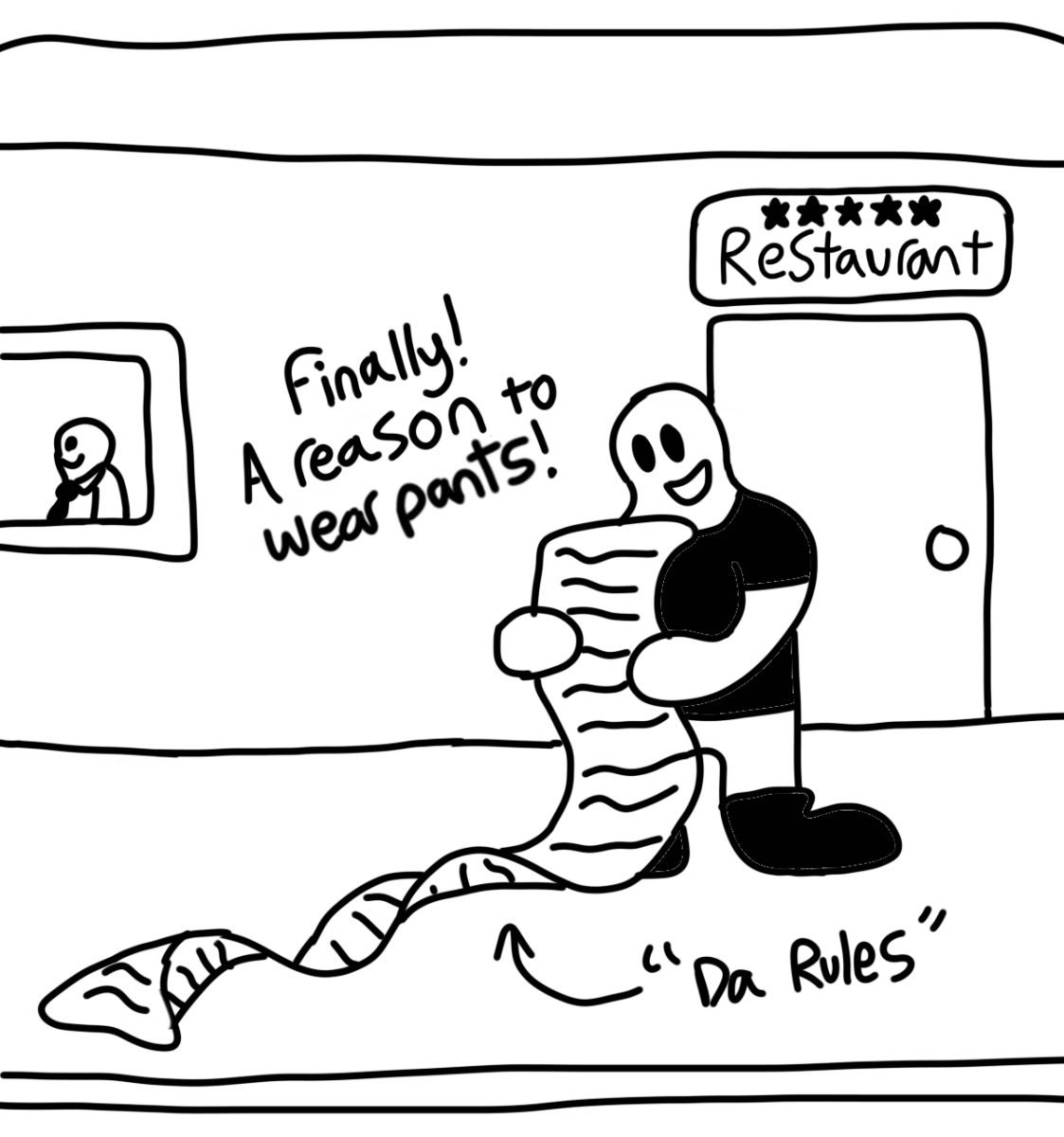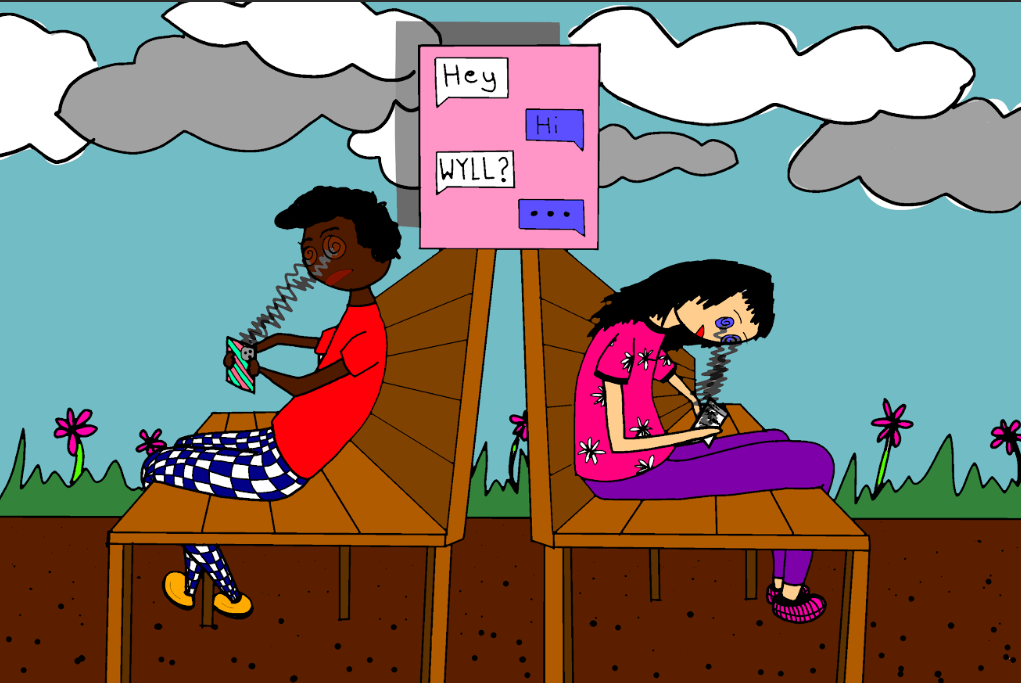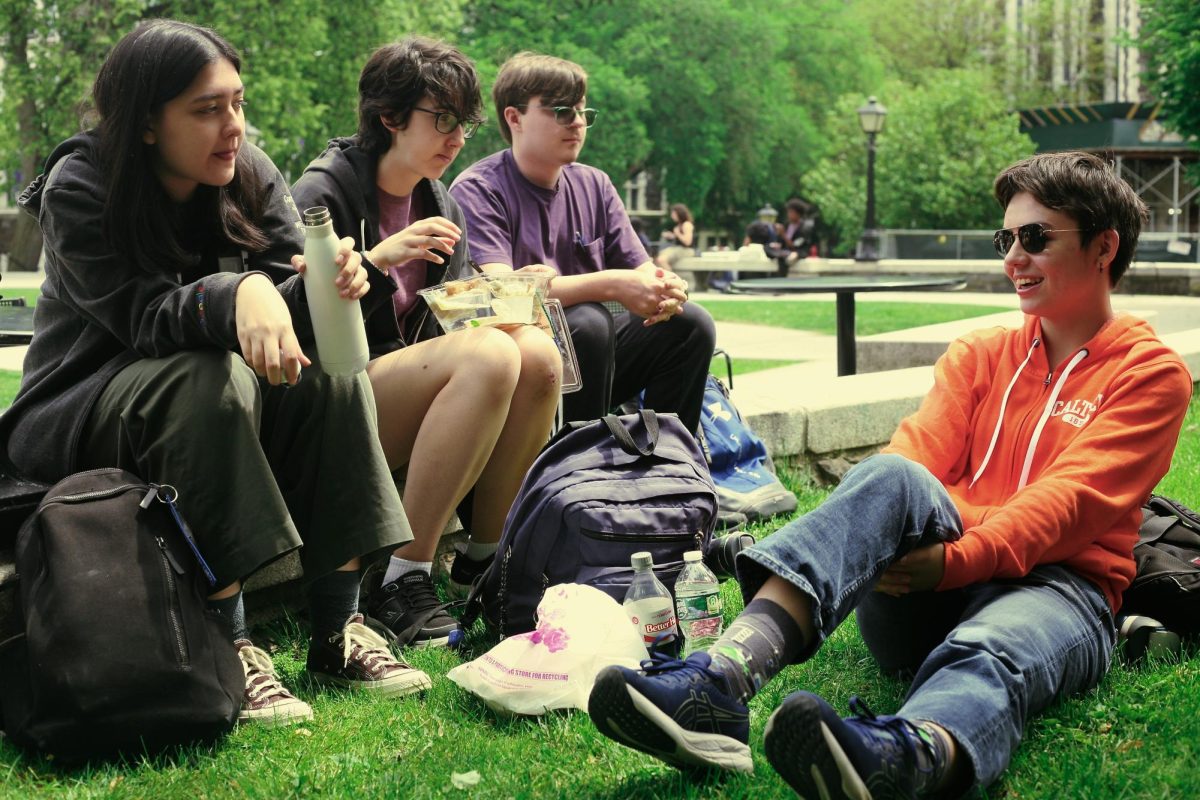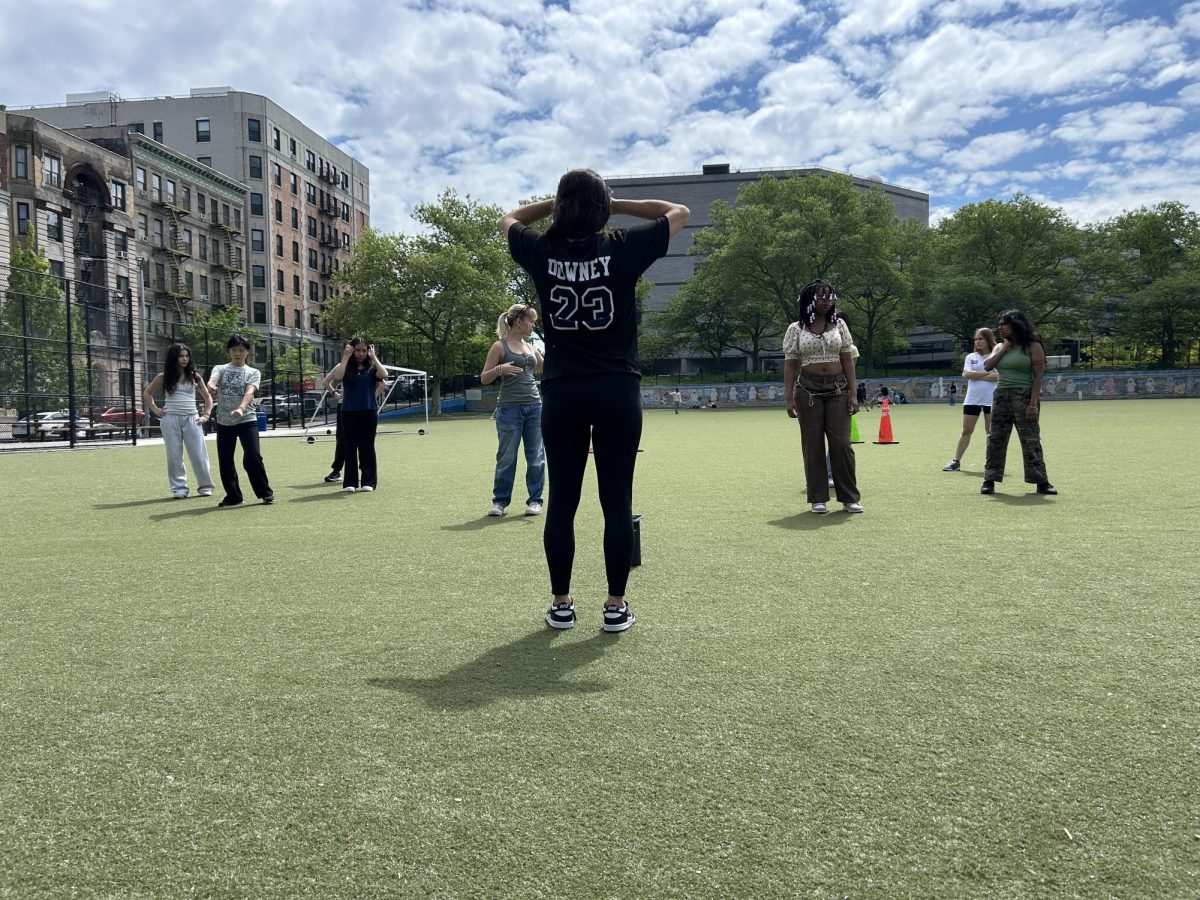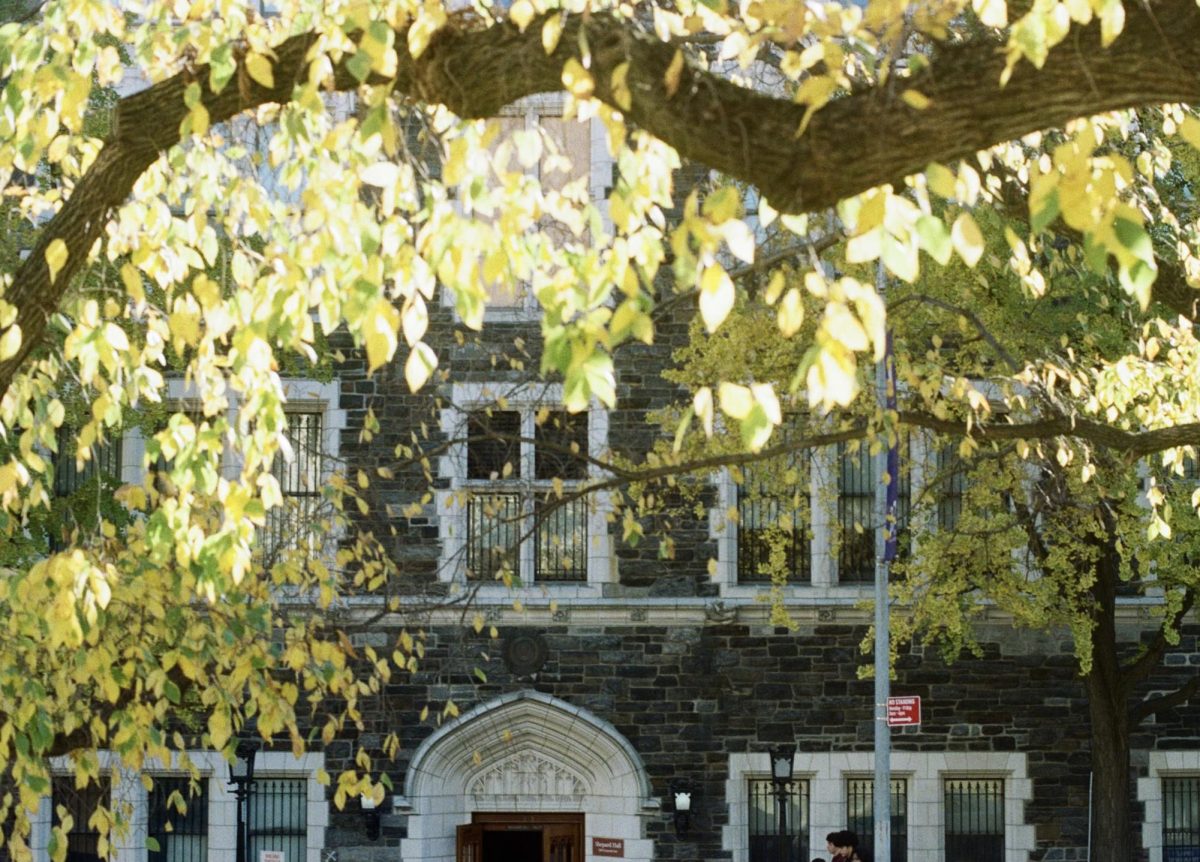Despite the typical public high school interior of linoleum floors and metal doors, students at HSMSE get to share an unusually beautiful campus with CCNY. HSMSE may be a newer school, but it rents its space from a college entangled with the establishment of public higher education in New York City.
The City College of New York, a.k.a. the “Poor Man’s Harvard,” is ranked #13 in Top Public Universities in New York, and #12 in Social Mobility nationally. Students from around the city are lucky enough to visit the seemingly ancient alcove hidden in the middle of Harlem. Aside from that, City College’s campus is often considered one of the finest examples of neo-Gothic architecture in the United States. The famous old campus consists of Shepard Hall, Wingate Hall, Townsend Harris Hall (named after the founder of the college), Compton and Goethals Hall, and Baskerville Hall—the home of HSMSE.
This all started with an idea presented by Townsend Harris, president of the New York City Board of Education from 1846 to 1848. Harris was dissatisfied with the strict class structures of American society that dictated access to education. In 1847, he founded a college to see whether giving opportunities to the working class could lead to a thriving generation and increase intellectualism across class boundaries. He called this new college the Free Academy. Dr. Horace Webster, first president of the Free Academy, said, “The experiment is to be tried, whether the children of the people, the children of the whole people, can be educated; and whether an institution of the highest grade, can be successfully controlled by the popular will, not by the privileged few.” With the Second Industrial Revolution and a great influx of immigration to New York City, progressive leaders like Webster recognized the need for inclusive institutions to educate and train New Yorkers from different classes. Additionally, many private universities discriminated on the basis of race and ethnicity as well, so public institutions gave some people opportunities that they otherwise wouldn’t have. Of course, this certainly did not mean complete inclusion. Until the 1960s, the college was almost entirely white, and inclusion of marginalized groups meant only including European immigrants. In 1965, CCNY launched its Pre-Baccalaureate program designed to integrate Black and Puerto Rican students from neighborhoods surrounding the campus into the school.
In 1849, the Free Academy opened in the single building on the corner of Lexington Avenue and 23rd Street. The first class consisted of 143 boys, and 59 more were added the next year. The academy offered both vocational training and traditional university courses. In 1930, the first class of women were admitted to graduate and business programs. By 1951, City College became completely co-educational.
In 1867, The Free Academy was renamed City College, and just a year later students of the college formed the first Undergraduate Student Government (USG) in the nation. They represented the students to the administration, promoted community development, and funded student organizations.
With City College’s growth, the downtown campus soon became insufficient, and the institution began searching for a new location. The university’s numerous photos and plan drawings displayed in their 2017 archival collection demonstrated the pastoral appeal of northern Manhattan that originally drew the university to move their campus, and they “highlight a sense of the changes in the microcosm of the campus as a reflection of the changes in the macrocosm of the city as a whole.” Upper Manhattan, which was undeveloped at the time, seemed to provide both picturesque and spatial satisfaction to the up-and-coming university; in 1897, architect George B. Post was commissioned to begin designing the new campus in Hamilton Heights.
Post was famous for many of his previous works, including the first buildings of Princeton University, The New York Times building (currently part of Pace College), and the Long Island Historical Society (later the Brooklyn Historical Society). Sarah Bradford Landau wrote in George B. Post, Architect: Picturesque Designer and Determined Realist that Post gave his trustees a choice between Beaux-Arts and neo-Gothic architecture. Beaux-Arts style was dominant in the late 19th century and early 20th century, influenced by classical Greek and Roman forms. It focuses on symmetry, classical detailing such as columns, and decorative surfaces. Neo-Gothic (or Gothic Revival) design is inspired by medieval architecture and was the main architectural competition with Beaux-Arts in the United States and Britain when CCNY was built. The main shift from Beaux-Arts to Gothic Revival was due to the Romantic Revolution, which placed intellectual interest in medieval times and popularized Gothic literature. This cultural revolution spilled over into the architectural world as well, and became a signifier of intellectualism (hence its popularity in academic institutions). The trustees eventually chose to design an expansive Gothic Revival collection of buildings spanning approximately four blocks. It may have been to pay homage to the Free Academy’s original Gothic campus on 23rd Street, or perhaps to emulate the style of the prestigious institutions of Cambridge and Oxford.
The university was built from Manhattan schist: metamorphic bedrock extracted from the construction of the subway tunnels. The trimmings, window sills, and secondary details of the buildings were made of a white terracotta, due to its ability to mold into decorative shapes (such as grotesques) while maintaining durability. The contrast between dark, sparkling schist and the light terracotta was purposeful and quite popular for the neo-Gothic trends in the 1860s. Post was limited in his design due to the mountainous terrain of northern Manhattan, however, and planned to build a single five-story building for all the needs of the college. Increased funding expanded his plans to multiple buildings, and the original plan was never built. Large gates were built across the campus to mimic the large archways of Old English architecture.
This seemed to be the perfect design for the college. For decades to come, the school would call Post’s designs their home base. City College continued to add new buildings as they expanded, but the old campus has always been central to their community. In 2002, HSMSE was founded in collaboration with Dr. Matthew Goldstein, the Chancellor of the City University of New York (CUNY). Despite the high school’s collaboration with CUNY, they could not call the historic campus their home until four years after their founding, and instead resided in trailers from 130th to 135th street. In 2006, City College’s Baskerville Hall was renovated for HSMSE by the Department of Education. In the past two decades, students at HSMSE have been given the opportunity to learn in the oasis of beauty and community that George B. Post had designed for the college students of the 1800s.
HSMSE’s campus is not the typical suburban school, and it certainly isn’t the typical NYC school. Although it is easy to forget, students spend every day within the stunning time capsule of City College, eating lunch on the stone benches and playing sports in the grass. Next time you walk down the stairs in the quad under the ancient trees that have shed their leaves year and year again, remember the students who have done the very same thing almost 200 years before you. The sparkling black stone bricks, the individual terra cotta grotesques, the Latin crests, and the wide arches over the entrances all come together to tell the story of the intellectual breakthroughs and wonderful community that students of CCNY—and now HSMSE—can be proud of.






